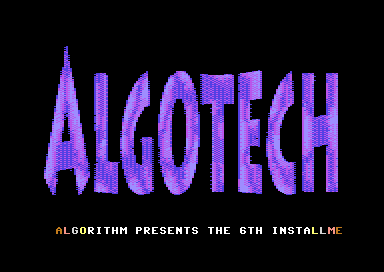| Frodigi 6 - Assisted MP3 by Algotech | ||||||||
|---|---|---|---|---|---|---|---|---|

|
|
|||||||
|
popularity : 50% |
|||||||
alltime top: #30950 |
|
|||||||
|
||||||||
| added on the 2015-08-23 05:33:26 by algorithm |
||||||||
popularity helper
comments
Impressive packing this into 202 blocks.
rulez added on the 2015-08-23 09:25:31 by w00t! 
o_______0 49.9K??? Black hole soon!
I enjoy Algorithm's work. These are always impressive. Congrat!
I wish I could do things like that on Thomson machines. Does this demo uses specific C64/SID tricks or is it mainly a cpu-only effect ?
I wish I could do things like that on Thomson machines. Does this demo uses specific C64/SID tricks or is it mainly a cpu-only effect ?
Been following the Frodigi project from the start. Never getting tired of it, and I hope to hear even more in the future.
Thanks for the explantations :D (I like technical stuff)
submit changes
if this prod is a fake, some info is false or the download link is broken,
do not post about it in the comments, it will get lost.
instead, click here !
